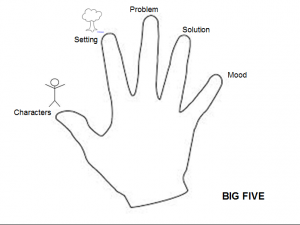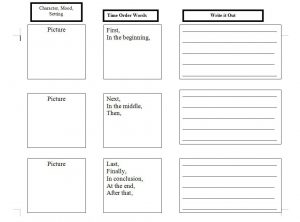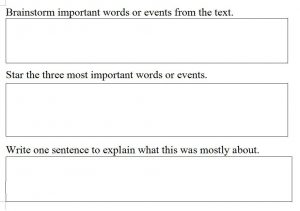The season is upon us of hustle and bustle, laughing memories and sometimes–STRESS! I know that I am blessed to work with each of you everyday and have the opportunity to lift students up academically, socially and emotionally each day.
Today, a dear friend of mine and amazing educator had a heavy heart and was questioning her value. She reminded me that we are surrounded by LOTS of noise and “distractions” that keep us from seeing the most important events and people in our lives.
She, like all great educators, puts in 110% effort each day, long hours and juggling a never ending job with raising a family and because she is AMAZING–never feels she meets the mark.
So, today, for my friend and all other amazing teachers out there–remember YOU are amazing. I am THANKFUL that you are here and the value you bring to my life AND the children in our school.
T is for THOUSANDS OF THINGS YOU JUGGLE. You take on the world to ensure that everyone is taken care of and their needs met. Whether it is ensuring everyone has snack, planners have been signed and concepts learned–you take care of all of us and often forget to think of yourself. Each and every task and “thing” you juggle may seem to go unnoticed but each and every one of them is making the lives of others better and stronger. So, give yourself a break if you forget one small thing–it might be that someone needs to learn independence.
H is for the HUGE HEART you share. The extreme compassion you show to others and how you are always reaching out to help. Whether it is a student in your class, a person at church or simply a stranger–you reach out to meet their needs when you rarely take time for your own. When others think of tasks to complete–you see how others do without. When others engage in fun–you are ensuring others are having fun. Your huge heart is who you are and we are thankful you share it.
A is for ACADEMIC PLANS that are always made with care. Only and educator can appreciate this one. The hours and hours that are spent with care to create plans, generate ideas and prepare. Thank you for the time you put in because these carefully made plans that meet all needs are truly the reason our students succeed.
N is for NEVER Giving up on anyone. When something is not working or a student is not learning, a new plan is always generated. Try after try to ensure all students are learning is only achieved when you believe all students CAN and WILL learn. Thank you for this attitude because sometimes YOU are the only one telling the student–they CAN.
K is for the KINDNESS you show. Giving up your lunch on a field trip for those who forgot to pack one. Sharing your coat with a student on the playground because their coat is too thin. Whether it is providing lunch money, a snack, an extra hug–kindness is always found when you are around.
F is for FIGHTING and Advocating for children. Standing up and speaking for students is what you do. When no one else seems to hear or see the need–you are there to make sure the voice is heard. Passion for children and what is best helps motivate you.
U is for remembering the UNDERDOG! Educators see potential where others do not. Taking time to nurture and build up students both academically and in character.
L is for LIFE LONG LEARNING. The public has no idea the life long learning you do. The time you spend researching new ways and ideas for that student who does not seem to understand. The time you invest in planning and seeking the perfect lesson for math. The PLC time you spend ensuring each student is learning and problem solving new ideas when they are not making growth.
So, educator friends, I am so THANKFUL for you and so are your students. You may not receive a daily fanfare and parade BUT know that each and every day you are impacting lives. You are making a difference. You may be weary and not see the difference BUT it is there and I see it. I am thankful. My wish for you this holiday season is to remember that YOU ARE A GIFT. Treat yourself kindly because you take on SO much each day and when you feel like faltering–remember YOU ARE AMAZING and make a difference every day!
Thank you!
|
T- housands of things you juggle H-uge heart A-cademic Plans N-ever giving up K-indness F-ighting and advocating for children U-nderdog L-ife long learner
|



